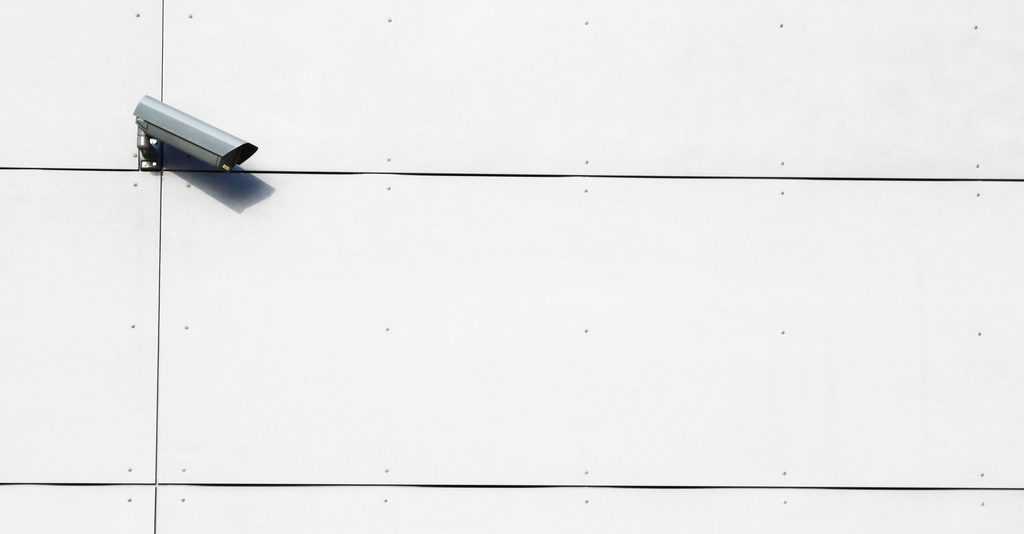Many people are divided on Web3 – some love it, some hate it, some are trying to define it, and some are unsure if it’s important. Others think it’s a necessary evolution, while others are confused about its role. This article discusses pain points in current Web technologies and looks into how Web3 can fix them.
Security is Sub-par
The future of Web3 security is uncertain. The decision-making model behind Web3 security incidents is unknown. The fact that web3 projects are decentralized means that no one owns the risks, but the ramifications for users are significant.
The early days of the internet were known as the Web 1.0 era. It was essentially static and disorganized, with little interaction. In addition, there were no user accounts, and security was not high on the priority list. Today’s Web3 systems should have robust security and a high level of user trust. Web3 can become a valuable tool in the DAO ecosystem by integrating these two technologies.
Platforms are Censorship-Resistant
Blockchain technology and cryptocurrency are both promising for the future of censorship-resistant platforms. Blockchain technology enables decentralized assets such as Bitcoin to operate. Decentralized finance removes centralized intermediaries, third-party influence, and censorship.
The resulting decentralized nature of these assets makes them censorship-resistant by design. In addition, the rise in crypto adoption spurred this idea. Despite the risks of censorship, the rise in cryptocurrency adoption has made this idea a reality. In January 2022, Twitter received 43,387 legal demands to remove content from its network from Russia.
This was the highest number of removal requests since 2012 and is likely to rise as governments implement more technical shutdown measures and censorship strategies. But the future of censorship-resistant platforms is still uncertain. The authors outline six points for platforms to be censorship-resistant in 2022.
Apps are Decentralized

The new protocol Web3 is working on will give users control of their data again. Known as a “bring your own account” protocol, Web3 will allow developers to build apps using user-provided data and let users bring their data to the platform.
Web3 will also free up the platform from the user’s identity, allowing users to build apps and services on the platform without fear of identity theft. The decentralized web uses a peer-to-peer network built around a community of users to distribute a website over hundreds of nodes.
The applications created using web3 are finance, arts, collectibles, and gaming. Arts and collectibles apps are geared towards boosting content creators’ earnings, while gaming apps focus on interacting with players and virtual worlds.
Web3 could fix decentralized apps in 2022, making the blockchain more secure than ever. The concept has also prompted some cryptic and paranoid investors to consider the potential of decentralized apps.
Conclusion
Web 3 is still a relatively new concept. The majority of the components still need to be constructed. It’s possible to have a truly decentralized marketplace, but it hasn’t yet been built. Many Web 3 services will be heavily centralized, at least in the short and medium-term.


